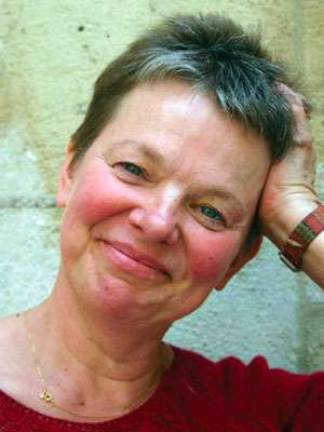The CityArts Interview with Baroque Dance Legend B?rice Massin

By Joel Lobenthal Béatrice Massin is a specialist in Baroque dance. She was co-choreographer of Lully's Atys when the opera was presented by Les Arts Florissants at the Brooklyn Academy of Music last fall. She has choreographed for several films and directs her own dance troupe, Compagnie Fêtes Galantes, and school, the Atelier Baroque. She brings her company to Bard College July 6-8 to perform Massin's work, Let My Joy Remain. What drew you to baroque dance? I think two reasons. First, I was a contemporary dancer before. I worked with a lot of people. When I discovered the baroque, I had the sense that music and space were together. The dancers, the dance was showing the space of the music. And the second thing [is] the idea that this dance is not an old dance-that if I was able to really go to the fundamentals, the way to move from the inside, I will find the contemporary dance. And that's my big project: to show something so clear, not so much connected to the story, with the history, but connected really to the way of moving in the body. No one was more influential to baroque dance and the genesis of classical ballet than Louis XIV. How was it performing at his old stomping grounds at Versailles? Of course it was incredible. But for me, it's more important to perform baroque dance in the streets than in Versailles, because in Versailles we are waiting for this kind of dance. But how to bring it, for example, here in the streets? To have the difference between the buildings, the contemporary way of life, and this dance? How is it possible to bring them together? It's interesting that even though the pace of Atys was very slow, the attention level was high at BAM. The audience was able to respond to stately rhythms and tempi. How do you develop that kind of performing capacity in your studio, the Atelier Baroque? By a way of working with the floor, using the floor, using the idea of the volume of the body. That's something very important in the baroque period, this idea that the body is not flat but is really a volume, like in sculpture. It has to do with a way to move in the space, bringing out all the volume. Which creates dynamism also- even in stillness you have a sense of a potential. Yeah, moving inside. Which you're supposed to have in ballet, but you don't see it a lot today. Perhaps everyone in ballet should spend some time at your school! Maybe they need to go back to the basics. Read more by Joel Lobenthal at[Lobenthal.com](http://www.lobenthal.com/)